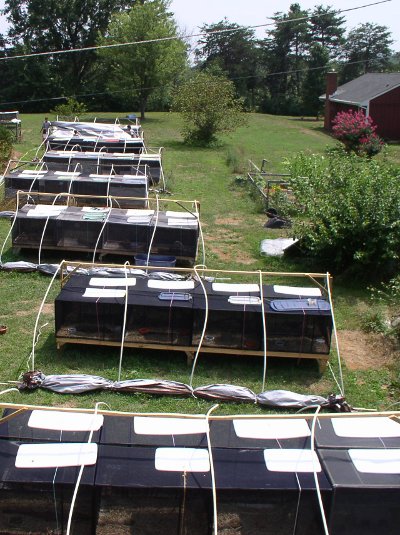Hello,
I'm getting worried about a new Bearded Dragon I got two days ago and I'm looking for some answers that could maybe help
To explain the situation:
I already have a Baby Bearded Dragon, must be two or three months old but I'm not sure of it's sexe. He's called Noopy, he is very actif, eats well and has a good health so we decided to get another one.
The new one should be one months or less and they said it was a male.
Since we put them together, the new Bearded Dragon is really acting weird, I don't think he looks to good
The first time he was jumping around to catch crickets but since he hasen't been eating, just stayes flat on the floor with his eyes closed and definatly doesn't have an vigourous eye of attitude..
I don't know if the is sick or if he is just adapting or not comfertable with Noopy but I have to call the place I got him from tomorrow to see if I should bring him back (Which I really don't want to do ) but if I could get answers it would really help!
) but if I could get answers it would really help!
Thank you,
Jenni
I'm getting worried about a new Bearded Dragon I got two days ago and I'm looking for some answers that could maybe help
To explain the situation:
I already have a Baby Bearded Dragon, must be two or three months old but I'm not sure of it's sexe. He's called Noopy, he is very actif, eats well and has a good health so we decided to get another one.
The new one should be one months or less and they said it was a male.
Since we put them together, the new Bearded Dragon is really acting weird, I don't think he looks to good
The first time he was jumping around to catch crickets but since he hasen't been eating, just stayes flat on the floor with his eyes closed and definatly doesn't have an vigourous eye of attitude..
I don't know if the is sick or if he is just adapting or not comfertable with Noopy but I have to call the place I got him from tomorrow to see if I should bring him back (Which I really don't want to do
Thank you,
Jenni






